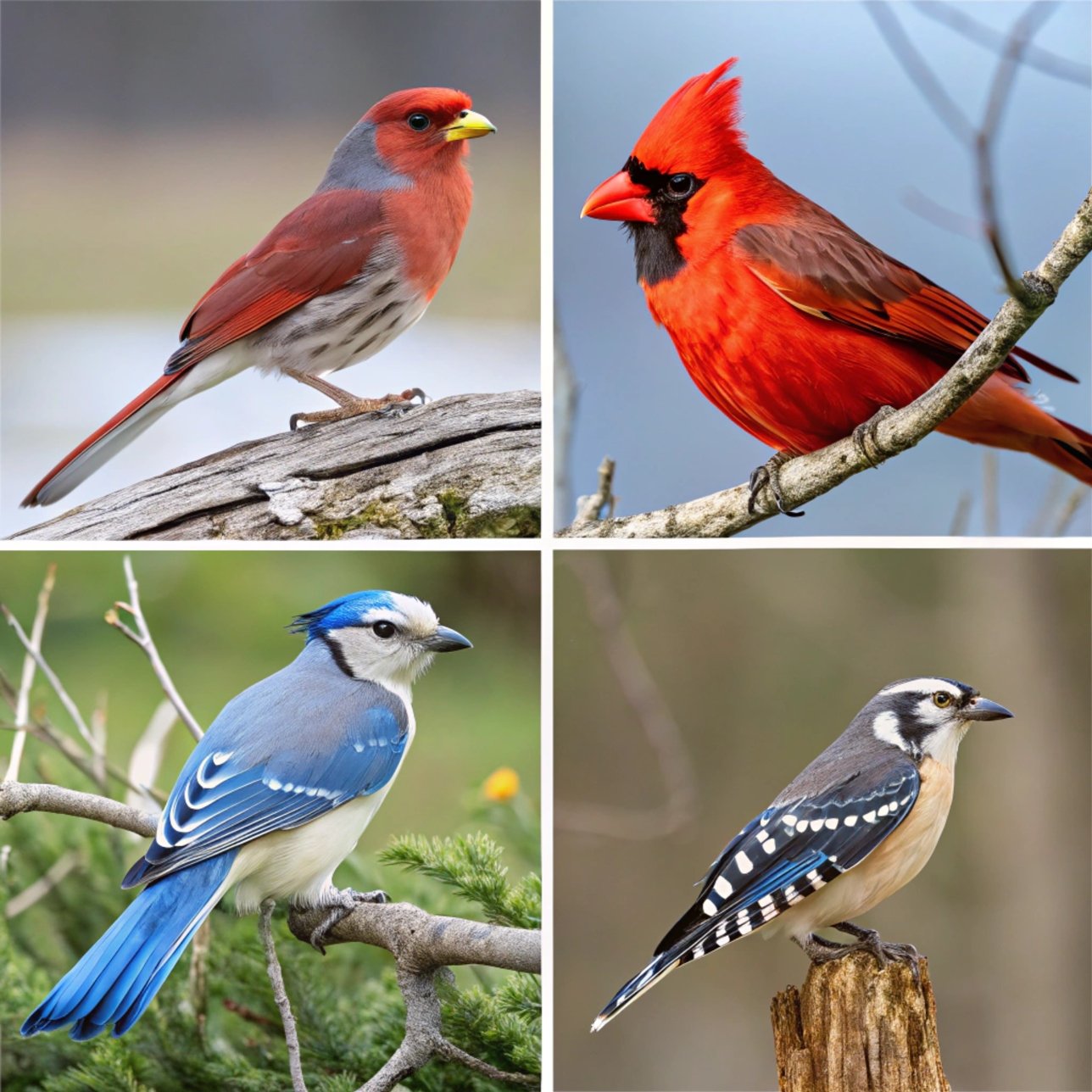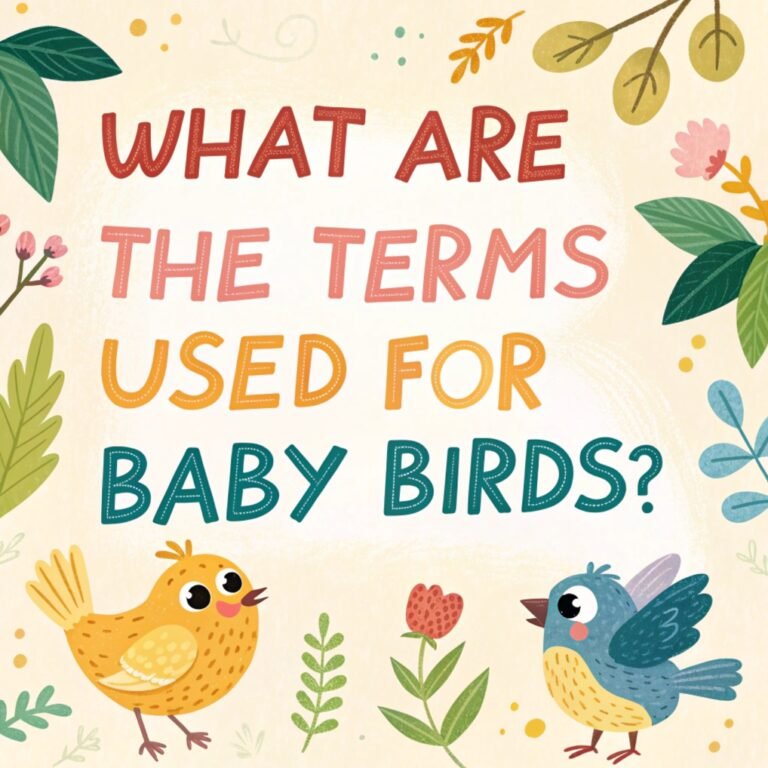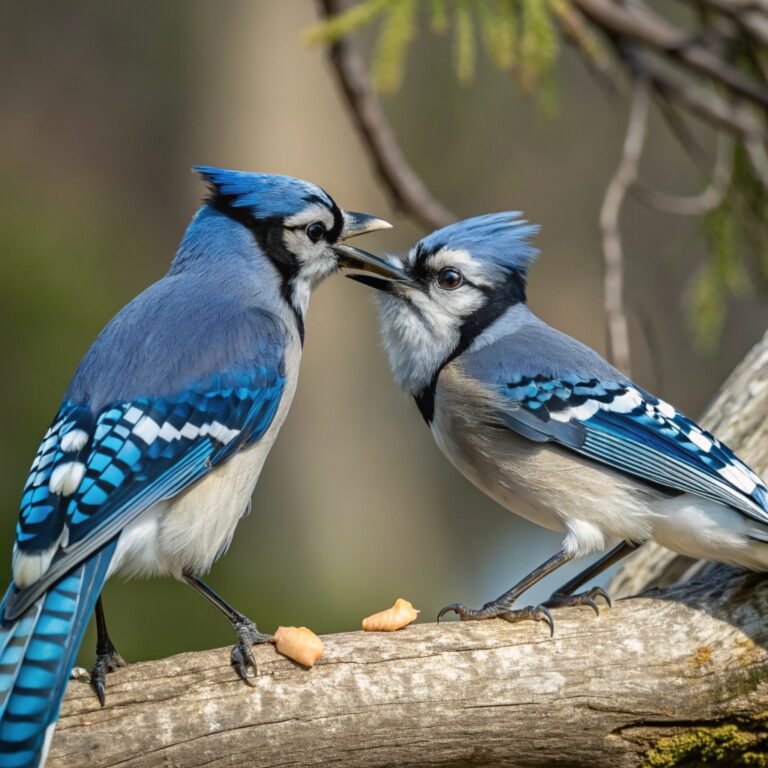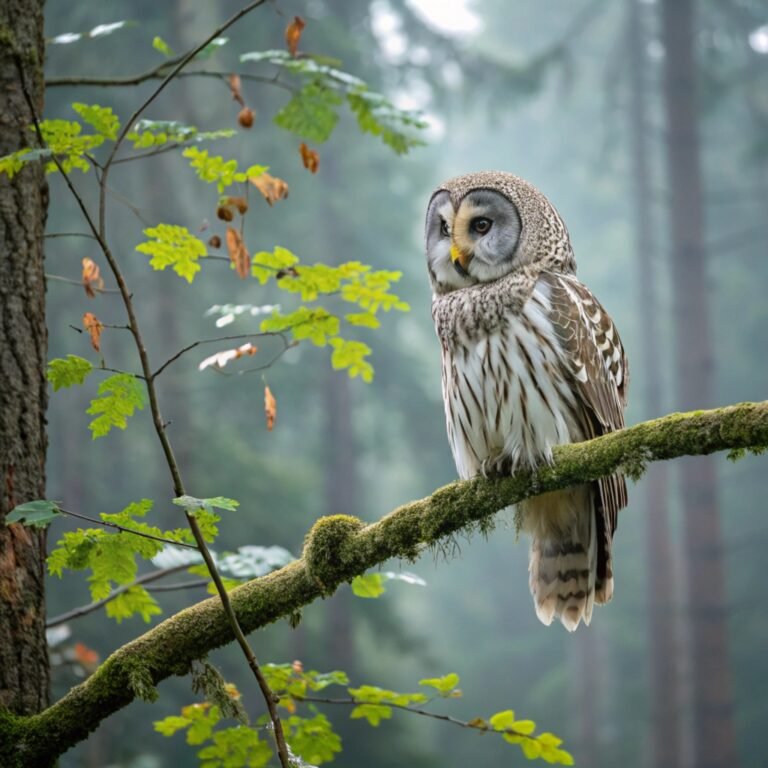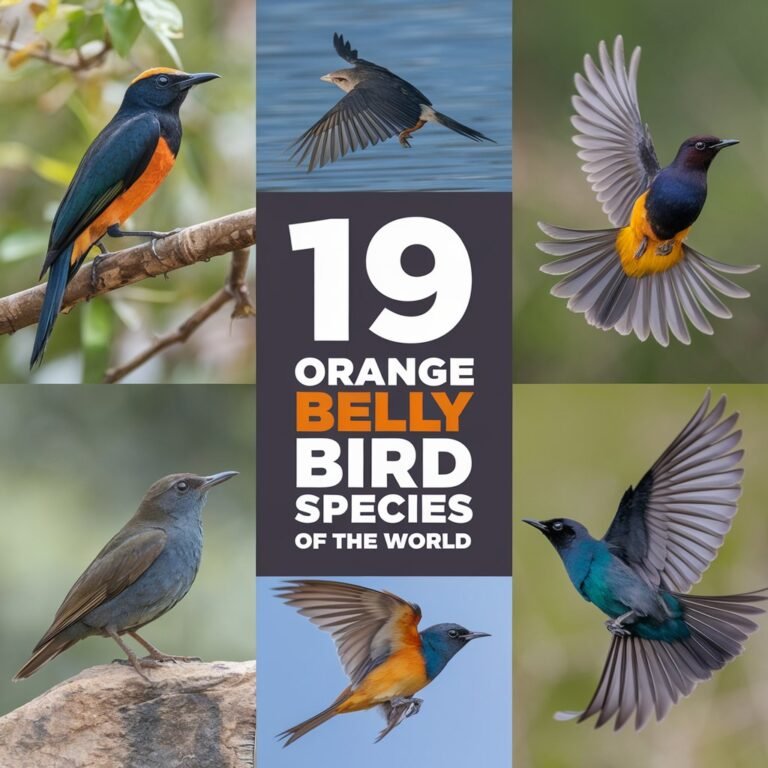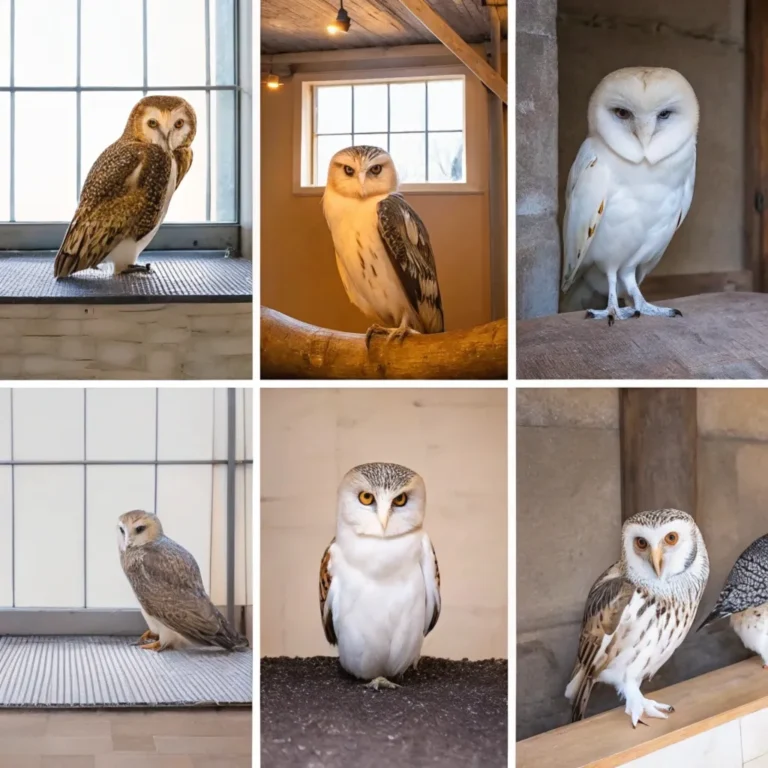Discover the 11 Top Birds of Texas: The Diverse Avian Species in the Lone Star State
Texas, with its diverse landscapes and habitats, is a paradise for bird enthusiasts.
From the eastern cypress swamps to the western deserts, the state boasts an impressive array of avian species.
In this comprehensive guide, we’ll explore 11 of the most remarkable birds that call Texas home, delving into their unique characteristics, behaviors, and habitats.
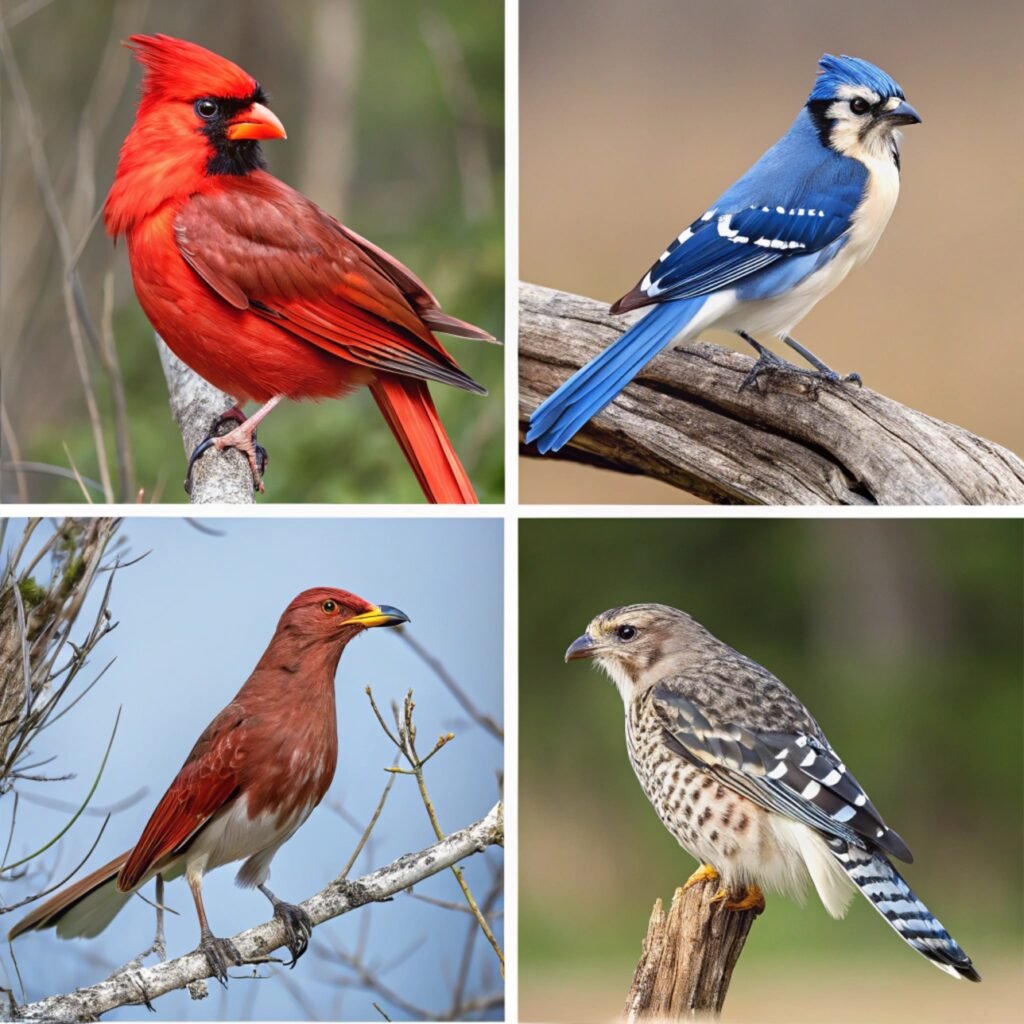
Key Takeaways:
- Texas hosts an impressive 664 bird species, making it the state with the second-highest bird diversity in the United States
- The state’s varied habitats, including subtropical thorn forests, cypress swamps, deserts, and coastal areas, contribute to its rich avian population
- Texas serves as a crucial stopover for migratory birds traveling along the Central Flyway
- The Northern Mockingbird, Texas’s state bird, is one of the most common and recognizable species in the region
- Conservation efforts are essential to protect Texas’s unique bird species, especially those facing habitat loss and climate change challenges
- Birding enthusiasts can enjoy year-round opportunities to observe both resident and migratory species across the state
- Texas’s location along migration routes makes it an ideal spot for observing seasonal bird movements
- The state’s diverse ecosystems support a wide range of bird adaptations and behaviors
- Urban areas in Texas also provide important habitats for many bird species, highlighting the need for green spaces in cities
- Citizen science projects and local birding groups offer opportunities for Texans to contribute to bird conservation and research efforts
1. Northern Mockingbird
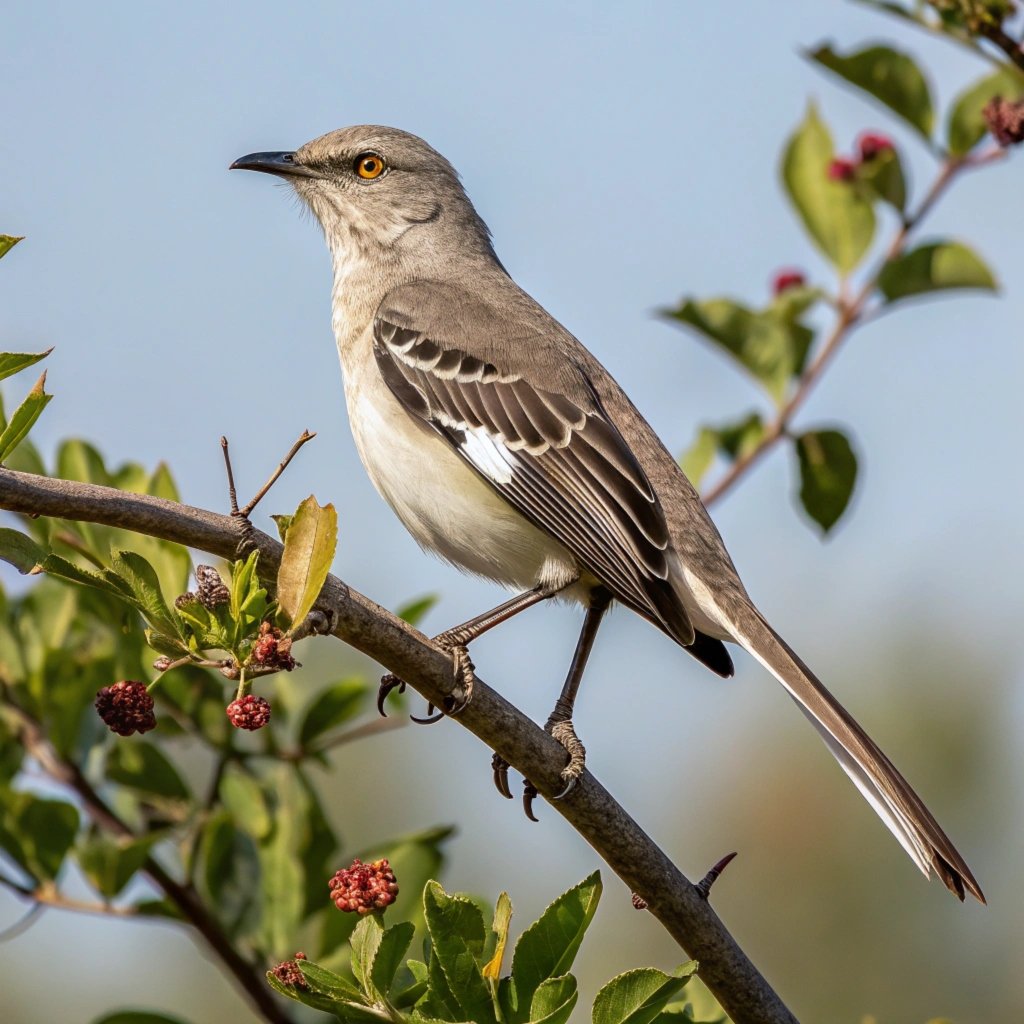
The Northern Mockingbird (Mimus polyglottos) holds the prestigious title of Texas’s state bird, and for good reason.
This charismatic songster is a common sight throughout the Lone Star State, captivating residents with its impressive vocal repertoire.
Known for their ability to mimic the calls of other birds and even mechanical sounds, Northern Mockingbirds are true virtuosos of the avian world.
These medium-sized birds sport a sleek gray plumage with distinctive white wing patches that flash during flight.
Northern Mockingbirds thrive in a variety of habitats, from urban parks to rural areas. Their adaptability and bold personality make them a beloved species among Texans.
These birds are not only talented singers but also fiercely territorial, often seen chasing away much larger birds from their nesting sites.
2. Green Jay
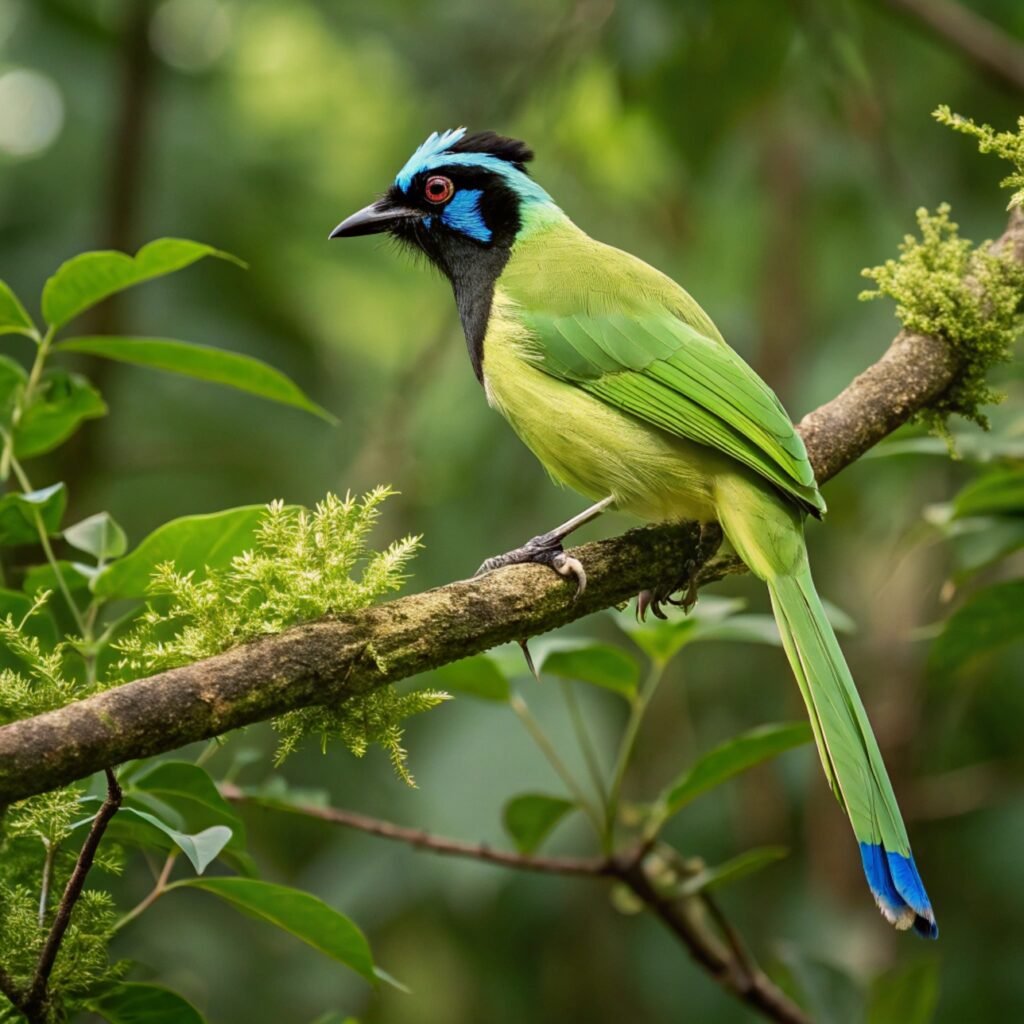
The Green Jay (Cyanocorax yncas) is a stunning bird that brings a touch of tropical flair to South Texas. With its vibrant green body, blue and black head, and yellow underparts, this species is a visual treat for bird enthusiasts.
Found primarily in the Lower Rio Grande Valley, Green Jays are at the northern limit of their range in Texas. These intelligent birds are members of the crow family and display remarkable problem-solving skills.
Green Jays prefer dense woodlands and thickets, where they forage for insects, fruits, and small vertebrates.
Their presence in Texas is a testament to the state’s unique position as a meeting point for northern and tropical ecosystems.
3. Scissor-Tailed Flycatcher
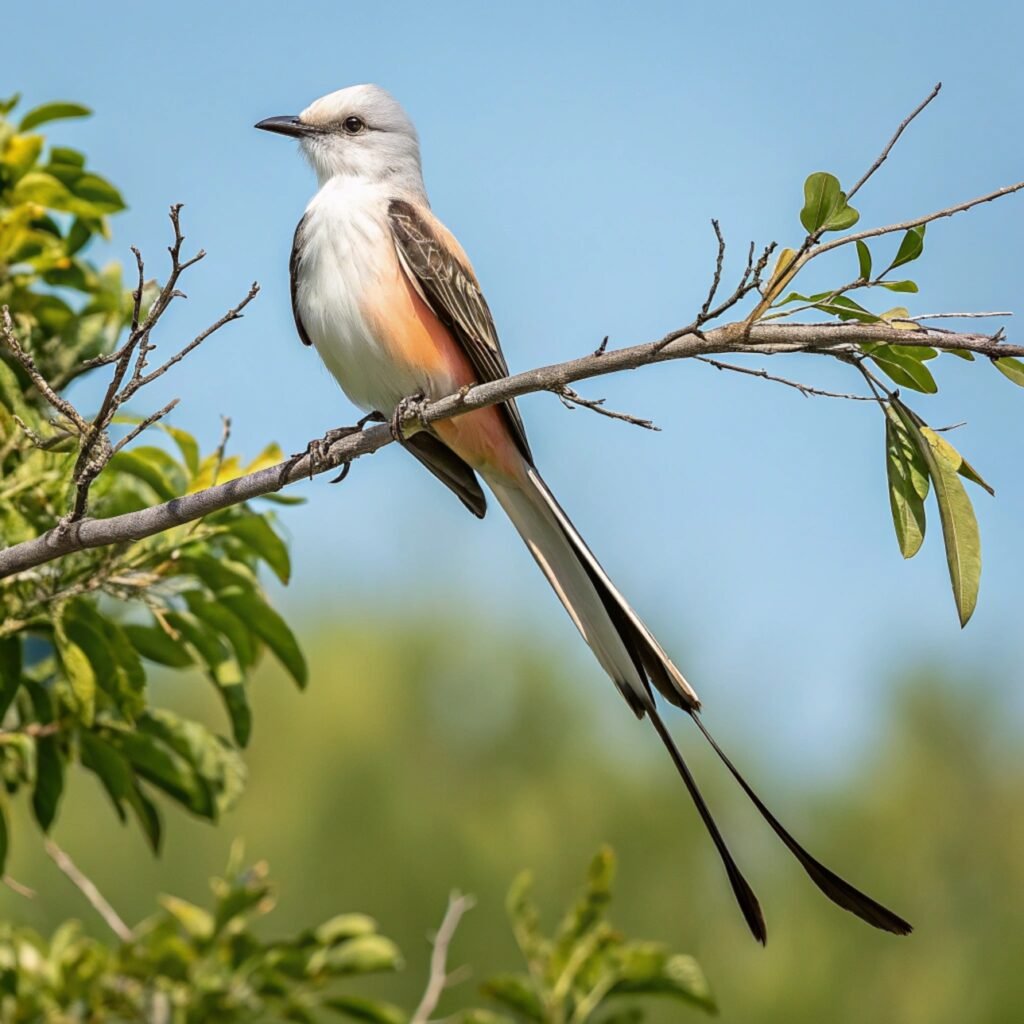
The Scissor-Tailed Flycatcher (Tyrannus forficatus) is one of Texas’s most elegant and easily recognizable birds. Its long, forked tail, which can be up to twice the length of its body, makes it a standout in the avian world.
These graceful birds are summer residents in Texas, arriving in spring to breed before migrating south for the winter.
Scissor-Tailed Flycatchers prefer open habitats such as prairies, pastures, and urban areas with scattered trees.
Their aerial acrobatics are a sight to behold as they chase insects mid-flight, using their long tails for precise maneuvering.
The pale gray body and salmon-pink flanks of these birds create a beautiful contrast against the Texas sky.
4. Golden-Cheeked Warbler
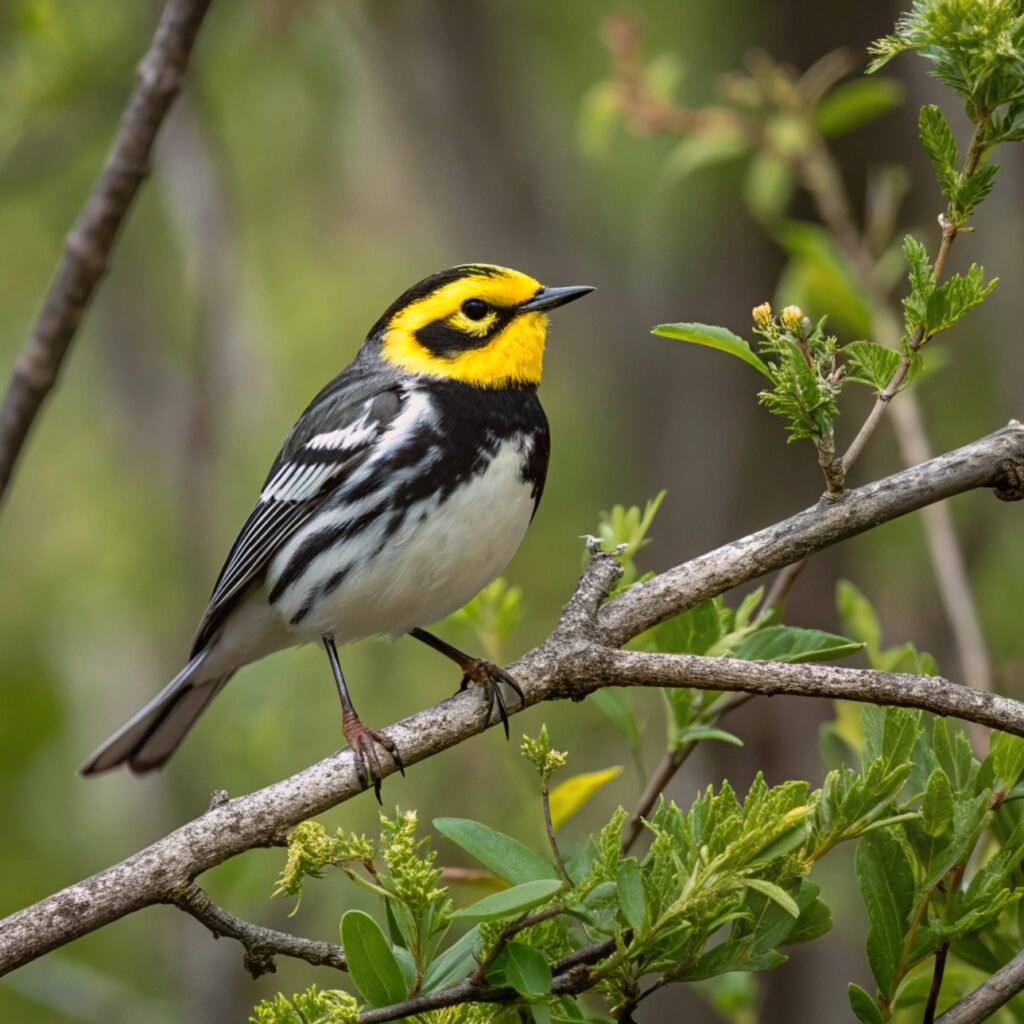
The Golden-Cheeked Warbler (Setophaga chrysoparia) is a rare and endangered species that breeds exclusively in the juniper-oak woodlands of central Texas.
This small songbird is known for its distinctive golden cheeks contrasting with a black throat and back.
These warblers have very specific habitat requirements, needing mature Ashe juniper trees for nesting material and mixed woodlands for foraging.
The limited range and habitat specificity make the Golden-Cheeked Warbler particularly vulnerable to habitat loss.
Conservation efforts in Texas focus on protecting and managing the remaining habitat for this unique species.
Birdwatchers who spot a Golden-Cheeked Warbler are treated to a rare glimpse of one of Texas’s most precious avian treasures.
5. Whooping Crane
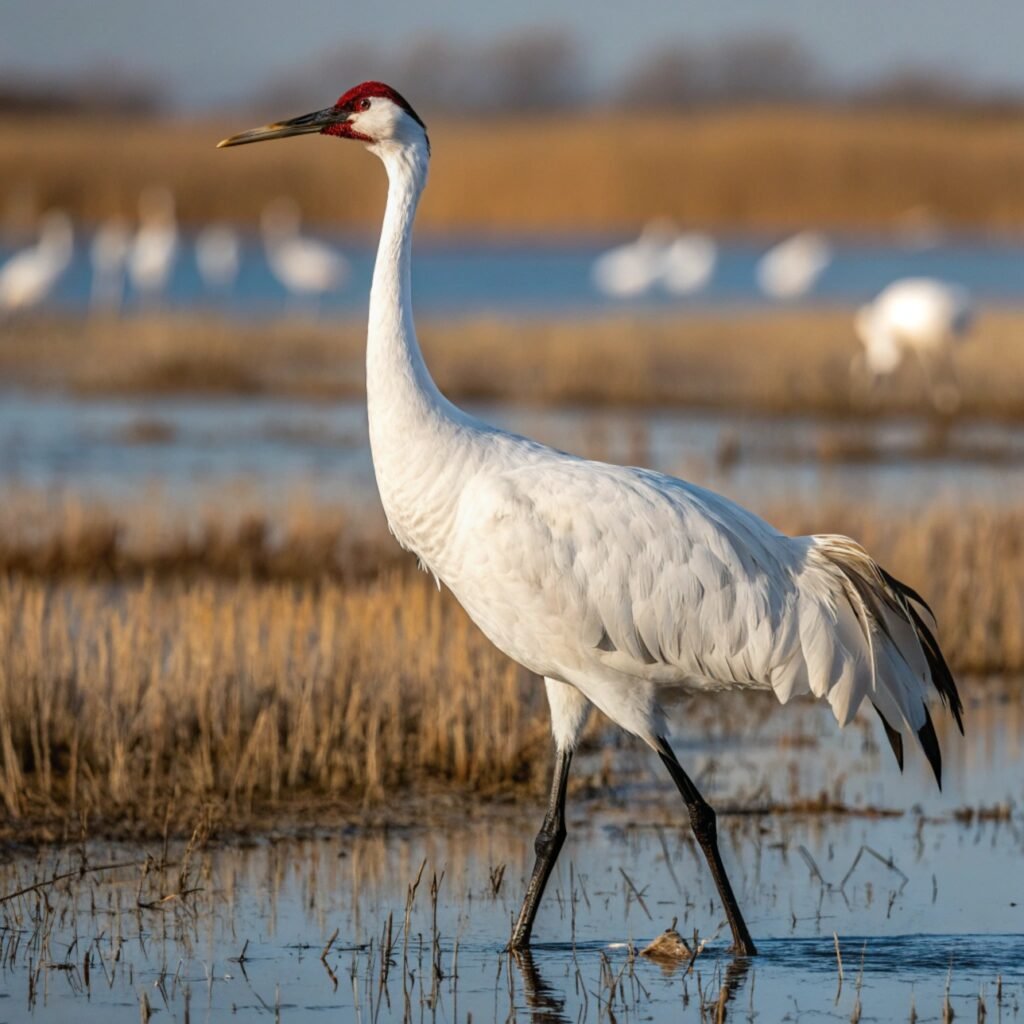
The Whooping Crane (Grus americana) is one of North America’s rarest birds and a true conservation icon. Standing at nearly five feet tall, these majestic birds are the tallest in North America.
Texas plays a crucial role in the Whooping Crane’s survival, as the entire wild population winters along the state’s Gulf Coast, primarily in the Aransas National Wildlife Refuge.
These birds undertake a remarkable 2,500-mile migration each year between Texas and their breeding grounds in Canada.
Thanks to intensive conservation efforts, Whooping Crane numbers have increased from a low of just 15 individuals in the 1940s to over 500 today.
Spotting these magnificent birds during their winter stay in Texas is a bucket-list experience for many birders.
6. Painted Bunting
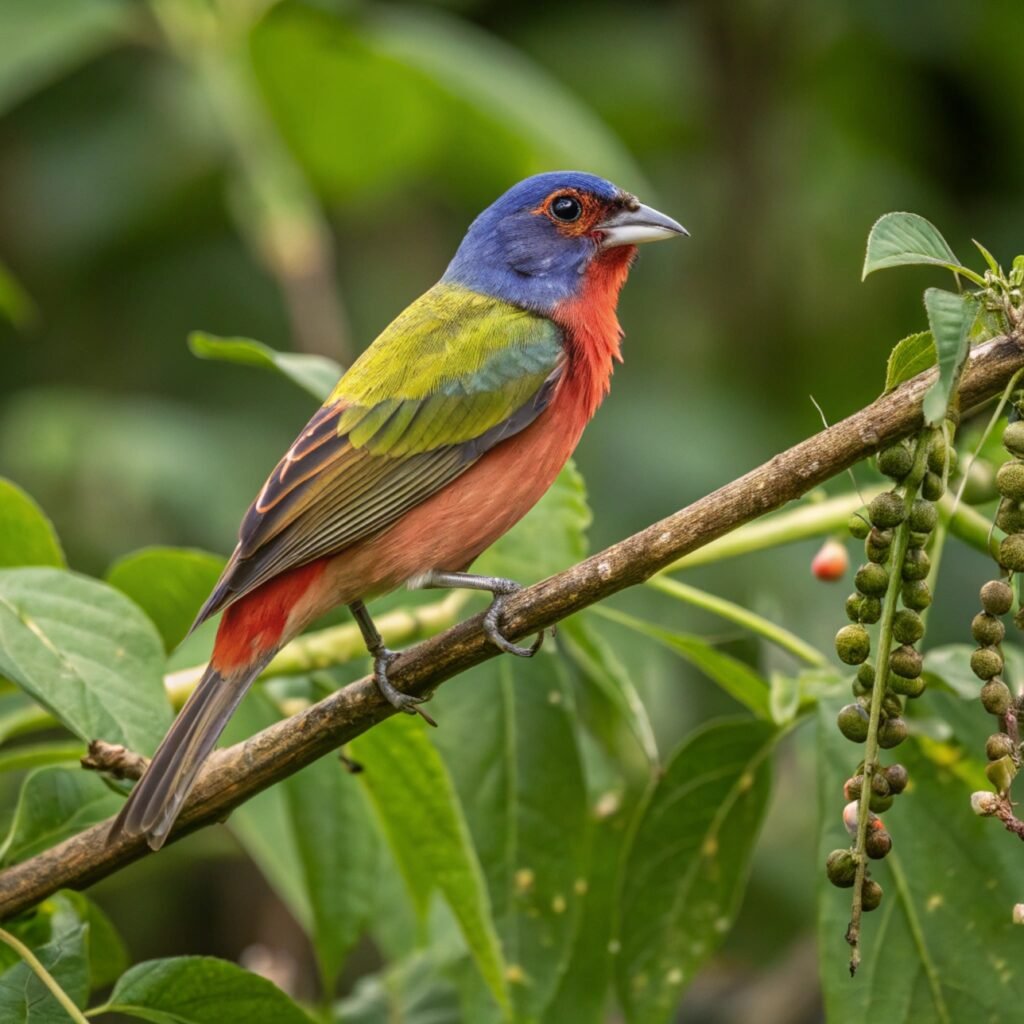
The Painted Bunting (Passerina ciris) is often described as the most beautiful bird in North America, and it’s easy to see why.
The male’s plumage is a vibrant mix of blue, green, red, and yellow, resembling a living rainbow.
These colorful songbirds breed in Texas, favoring brushy habitats and woodland edges. Despite their bright colors, Painted Buntings can be surprisingly difficult to spot as they often stay hidden in dense vegetation.
The species faces challenges from habitat loss and capture for the pet trade in its wintering grounds.
However, Texas provides important breeding habitat for these stunning birds, making the state crucial for their conservation.
7. Black-Crested Titmouse
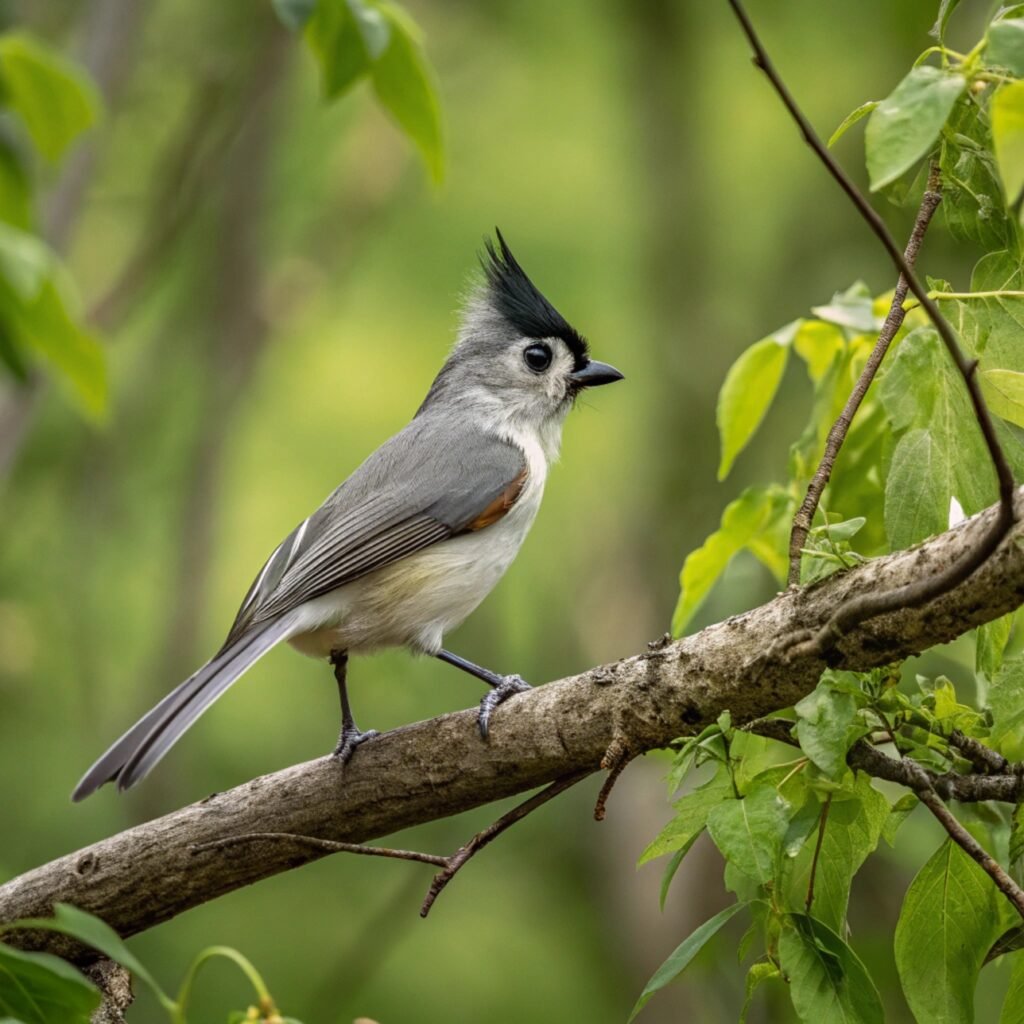
The Black-Crested Titmouse (Baeolophus atricristatus) is a charming little bird found year-round in central and western Texas. Known for its distinctive black crest and lively personality, this species is a favorite among backyard bird watchers.
These acrobatic birds are often seen hanging upside down from tree branches as they forage for insects and seeds. Their cheerful calls, often described as sounding like “Peter-Peter-Peter,” are a common sound in Texas woodlands.
Black-Crested Titmice are social birds, often seen in mixed flocks with chickadees and other small birds. They readily visit bird feeders, making them a delightful addition to many Texan backyards.
8. Roseate Spoonbill
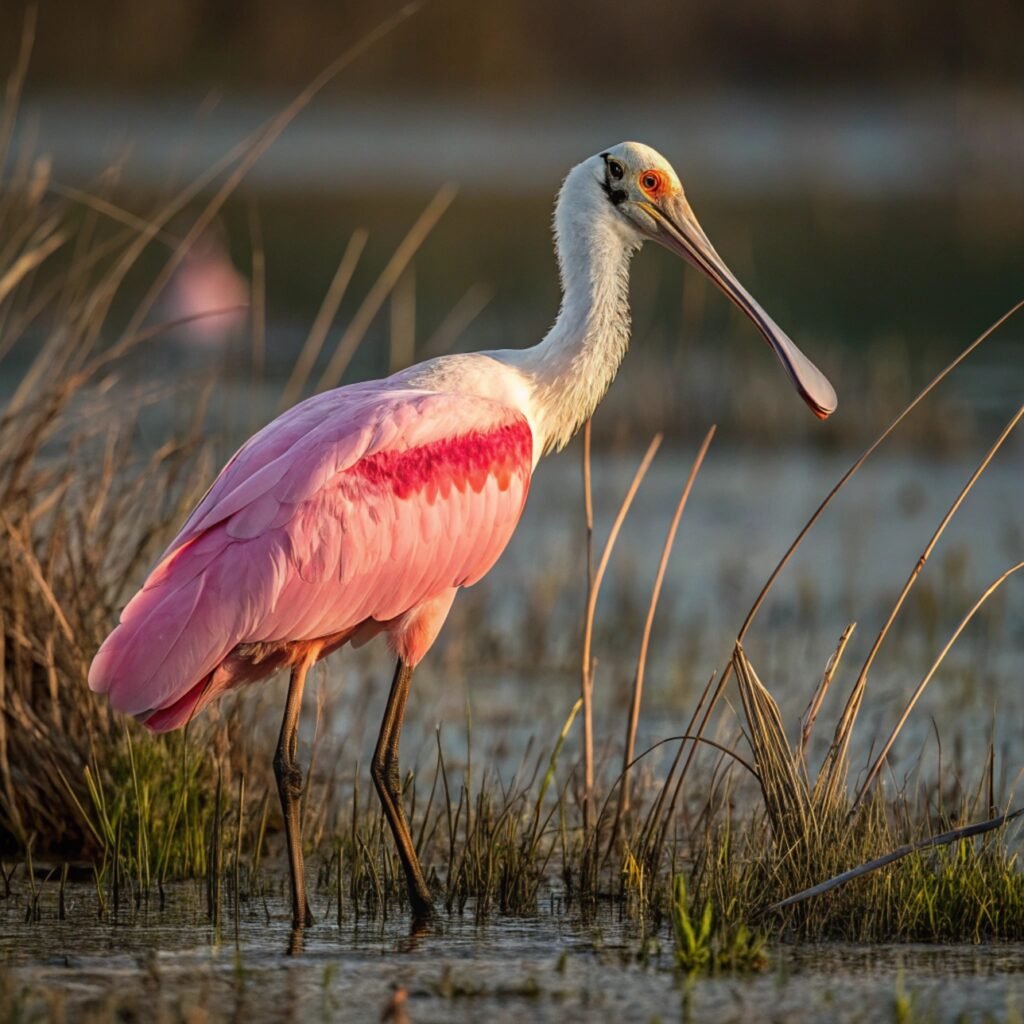
The Roseate Spoonbill (Platalea ajaja) is one of the most striking wading birds found in Texas. With its bright pink plumage and distinctive spoon-shaped bill, this species is often mistaken for a flamingo by casual observers.
These large waders are found in coastal areas of Texas, particularly in shallow wetlands and estuaries. Their unique bills are specially adapted for feeding, allowing them to sift through muddy water for small aquatic animals.
Roseate Spoonbills were once heavily hunted for their beautiful feathers, but conservation efforts have helped their populations recover. Today, they are a highlight for birdwatchers visiting Texas’s coastal regions.
9. Great Kiskadee
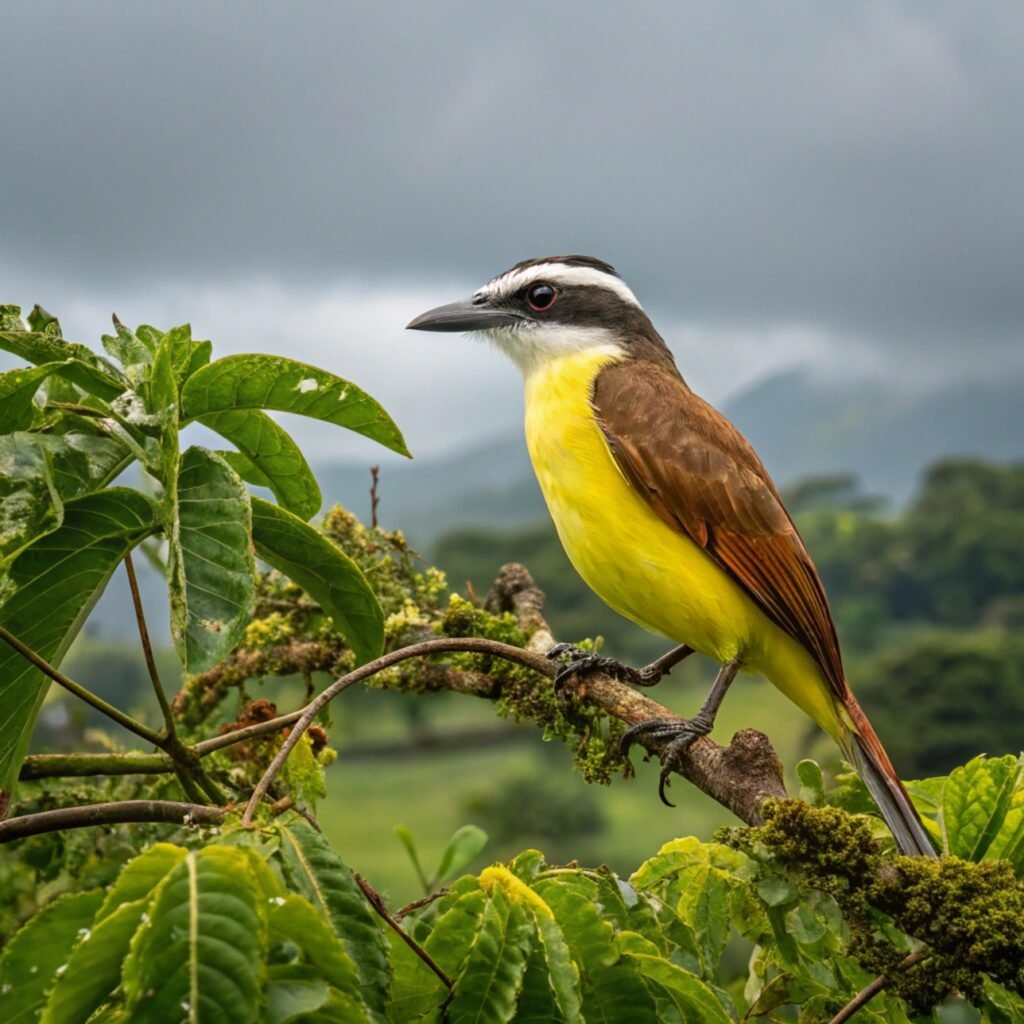
The Great Kiskadee (Pitangus sulphuratus) is a large, colorful flycatcher that brings a tropical flair to South Texas.
With its bright yellow belly, rufous wings and tail, and distinctive black and white head pattern, this bird is hard to miss.
Known for their loud, repetitive calls that sound like their name, Great Kiskadees are vocal and conspicuous birds.
They have a diverse diet, feeding on insects, small fish, and fruits, making them adaptable to various habitats.
In Texas, Great Kiskadees are primarily found in the Lower Rio Grande Valley, where they frequent areas near water. Their presence adds to the unique avian diversity of this region.
10. Crested Caracara
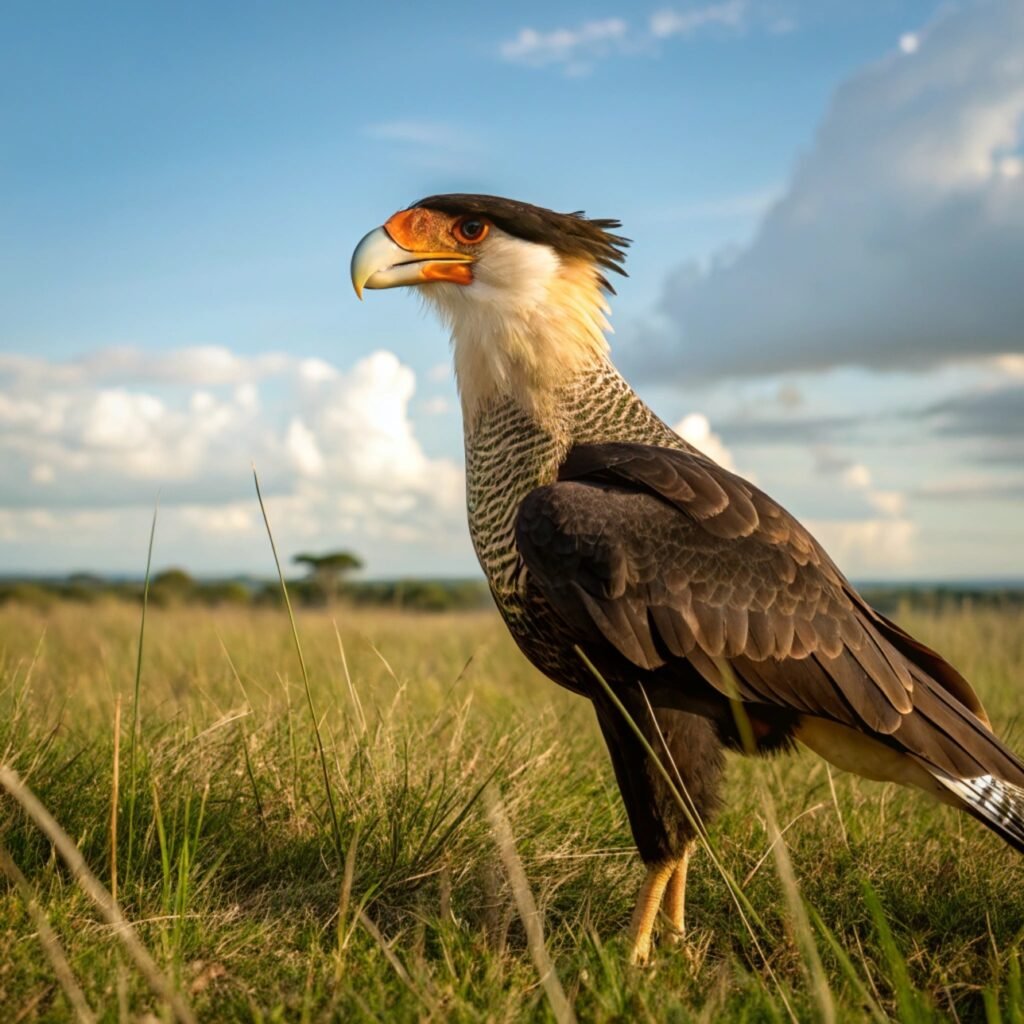
The Crested Caracara (Caracara plancus), also known as the “Mexican Eagle,” is a distinctive raptor found in Texas. With its black body, white neck and tail, and bright orange face, this bird is both striking and unmistakable.
Unlike many raptors, Caracaras spend a lot of time on the ground, often seen walking in open fields or perched on fence posts. They are opportunistic feeders, consuming everything from carrion to small live prey.
In Texas, Crested Caracaras are found primarily in the southern and central parts of the state. Their unique appearance and behavior make them a favorite among bird enthusiasts and photographers.
11. Red-Cockaded Woodpecker
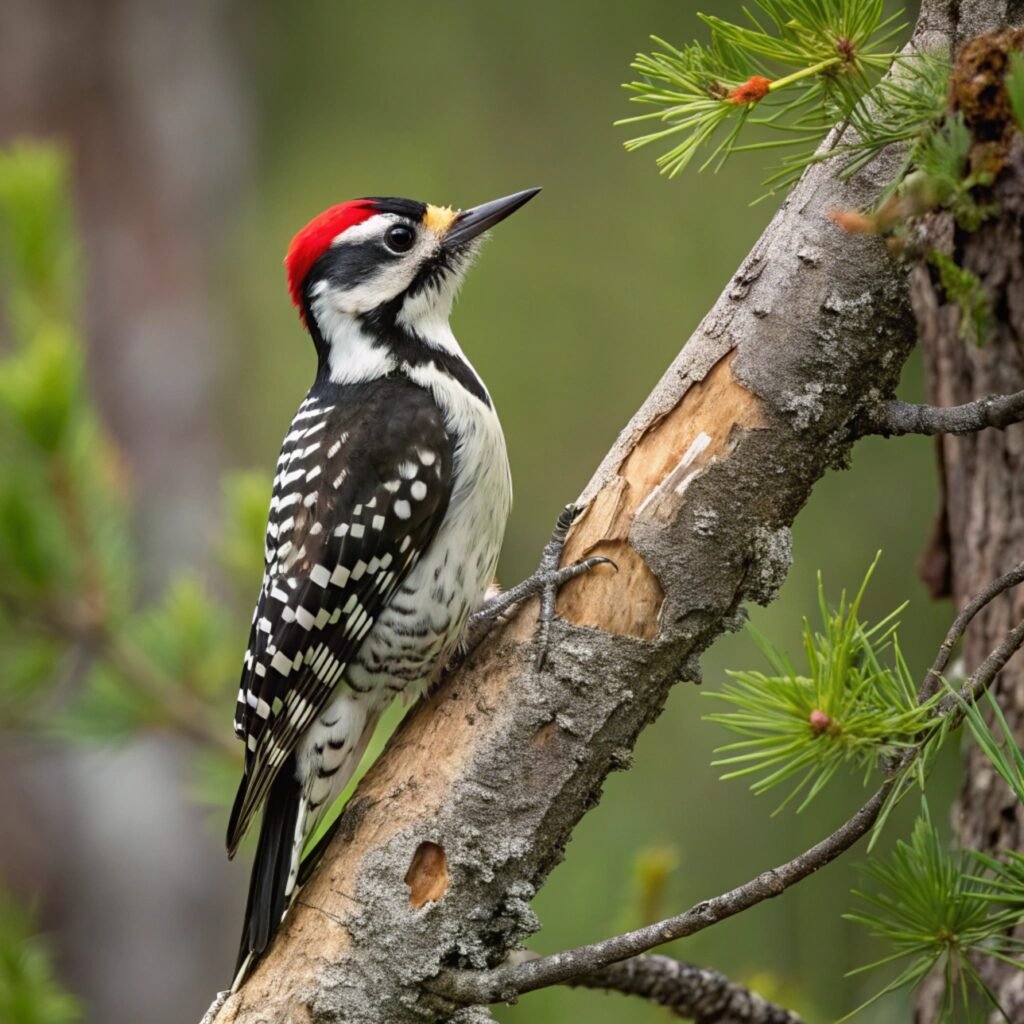
The Red-Cockaded Woodpecker (Dryobates borealis) is a small woodpecker species that plays a crucial role in the ecology of pine forests in eastern Texas.
This endangered bird is known for its unique habit of excavating nest cavities in living pine trees.
Unlike other woodpeckers, Red-Cockaded Woodpeckers live in family groups and maintain a complex system of cavity trees for roosting and nesting. They require mature pine forests, particularly longleaf pine, for their survival.
Conservation efforts in Texas focus on preserving and managing suitable habitat for these woodpeckers. The presence of Red-Cockaded Woodpeckers is often an indicator of a healthy, mature pine ecosystem.
Frequently Asked Questions
What is the state bird of Texas?
The state bird of Texas is the Northern Mockingbird (Mimus polyglottos). Known for its impressive ability to mimic other bird calls and even mechanical sounds, this melodious songster has been the official state bird since 1927.
How many bird species can be found in Texas?
As of January 2024, Texas boasts an impressive 664 recorded bird species, making it the state with the second-highest bird diversity in the United States. This rich avian fauna is due to Texas’s diverse habitats and its position along major migration routes.
What is the best time of year for birdwatching in Texas?
While birdwatching can be enjoyable year-round in Texas, spring (March to May) and fall (September to November) are particularly exciting due to bird migrations. Winter is excellent for observing waterfowl and raptors, while summer offers opportunities to see breeding birds.
Are there any endangered bird species in Texas?
Yes, Texas is home to several endangered bird species. Some notable examples include the Golden-Cheeked Warbler, Whooping Crane, and Red-Cockaded Woodpecker. Conservation efforts are ongoing to protect these and other vulnerable species.
Where are the best places for birdwatching in Texas?
Texas offers numerous excellent birdwatching locations. Some popular spots include:
- The Lower Rio Grande Valley for tropical species
- High Island and Bolivar Peninsula for spring migration
- Big Bend National Park for desert and mountain species
- Aransas National Wildlife Refuge for wintering Whooping Cranes
- The Edwards Plateau for Golden-Cheeked Warblers and other Hill Country specialties
How can I contribute to bird conservation in Texas?
There are several ways to contribute to bird conservation in Texas:
- Participate in citizen science projects like the Great Texas Birding Classic or Christmas Bird Count
- Support local and national conservation organizations
- Create bird-friendly habitats in your backyard
- Advocate for policies that protect birds and their habitats
- Educate others about the importance of bird conservation
What equipment do I need to start birdwatching in Texas?
To start birdwatching in Texas, you’ll need:
- A good pair of binoculars
- A field guide to birds of Texas or a reliable bird identification app
- Comfortable clothing and footwear suitable for outdoor activities
- A notebook or smartphone for recording your observations
- Sunscreen and insect repellent for outdoor protection
Remember, the most important equipment is your enthusiasm and patience!

Hello, I’m Emily Price, the founder of Birds Affection. As a passionate bird enthusiast and spiritual seeker, I’ve always been fascinated by the symbolic meanings and mystical connections between birds and our lives. On this website, I share my knowledge and insights on the spiritual significance of various bird species, exploring their roles as messengers, guides, and teachers. Through my writing, I aim to inspire and educate others on the profound wisdom and beauty that birds bring to our world. Join me on this journey as we delve into the enchanting realm of bird symbolism and discover the hidden meanings behind these magnificent creatures.

